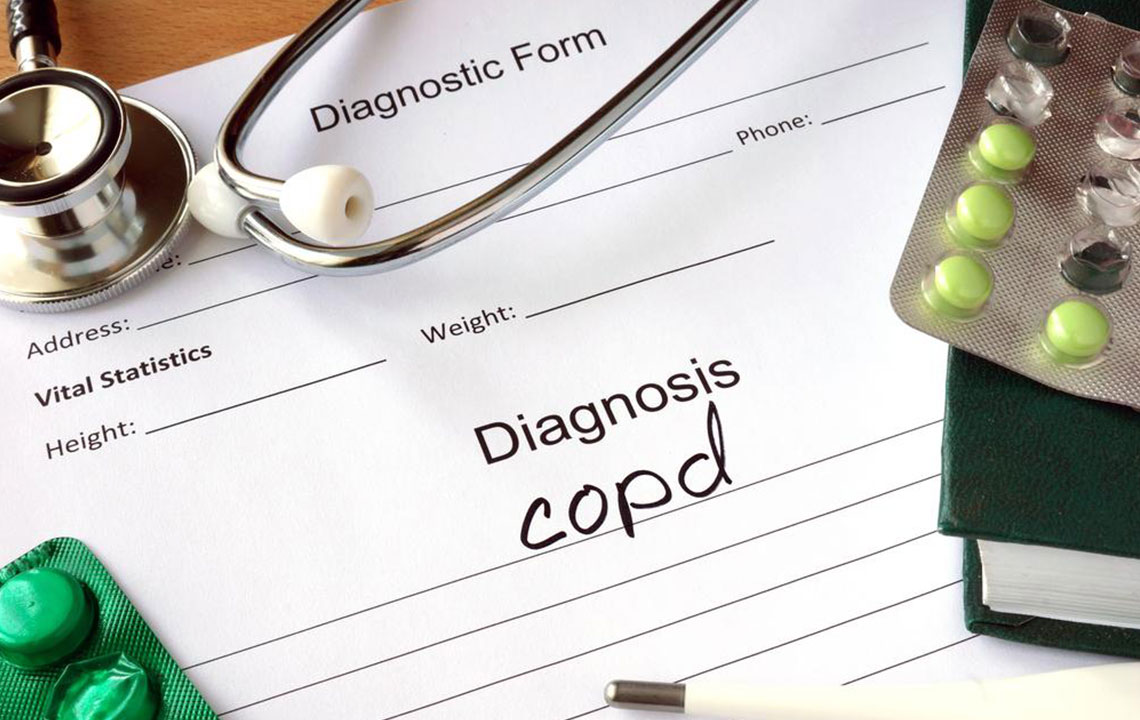Understanding Chronic Obstructive Pulmonary Disease (COPD)
Discover key facts about COPD, including its causes, symptoms, and impact worldwide. Learn how smoking influences the risk and the importance of early diagnosis to manage this chronic lung disease effectively.

Overview of Chronic Obstructive Pulmonary Disease (COPD)
Chronic Obstructive Pulmonary Disease, or COPD, is a long-term lung condition characterized by airflow obstruction, abnormal inflammation, and excessive mucus production. This blockage hampers airflow within the lungs, leading to decreased oxygen exchange. Typical signs include a persistent cough and breathlessness.
There are two main types: emphysema, which causes enlargement of air sacs and trapping of air, and chronic bronchitis, which results in ongoing cough and mucus overproduction.
According to the CDC, approximately 34 million Americans suffer from COPD.
COPD ranks as the third leading cause of death in the U.S., mainly affecting middle-aged and older adults. Smoking is the primary cause, with nearly half of all smokers showing early lung changes, and about 25% developing the disease after long-term smoking. Secondhand smoke can also contribute. Quitting smoking reduces the risk.
Worldwide, COPD is the third leading cause of death, responsible for around 3 million fatalities annually. Many Americans are unaware they have COPD.










